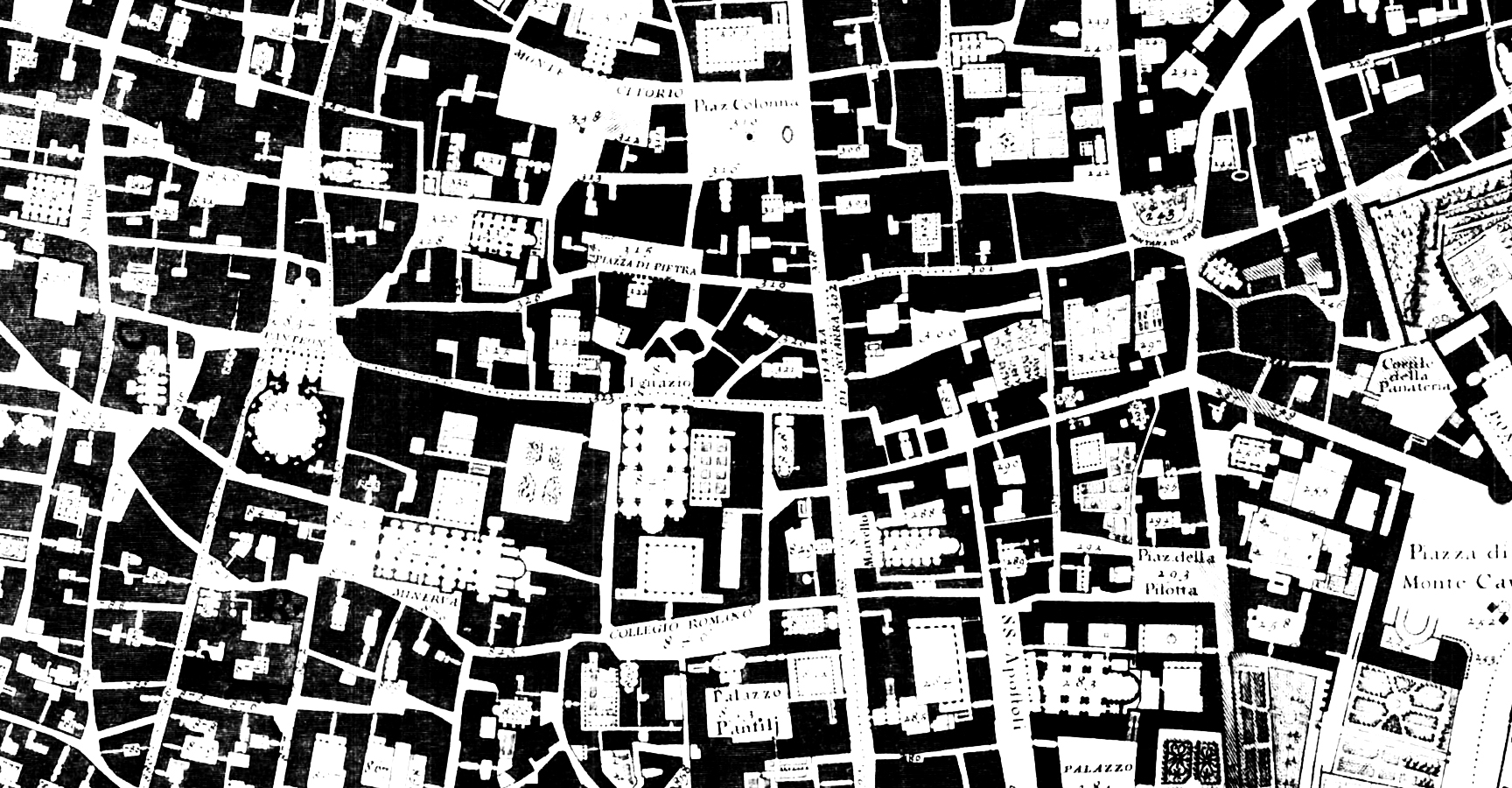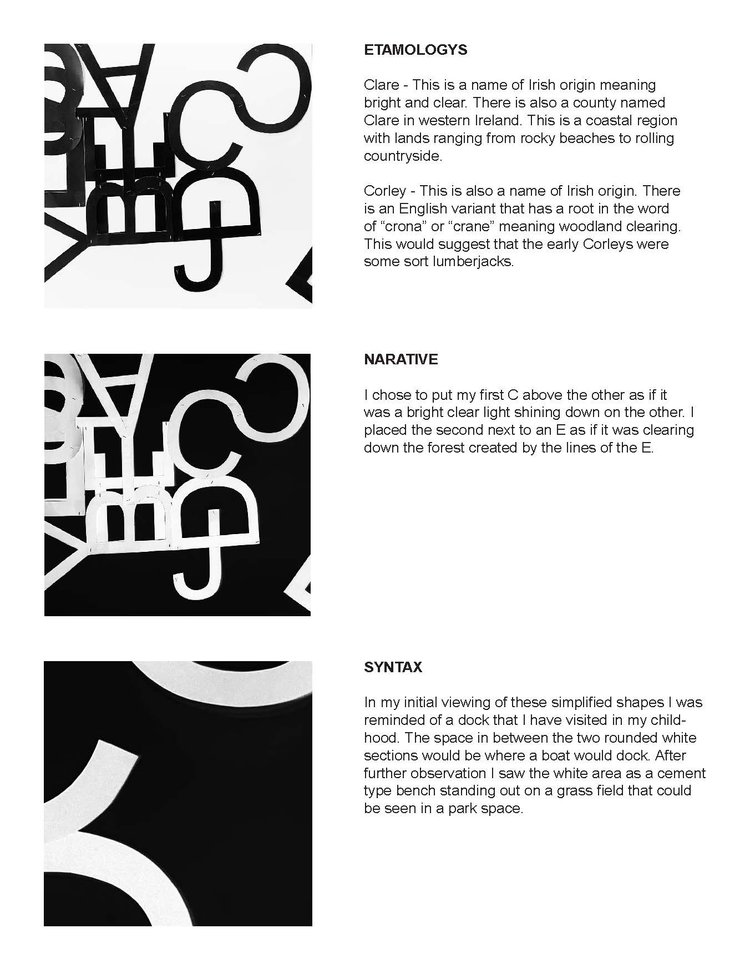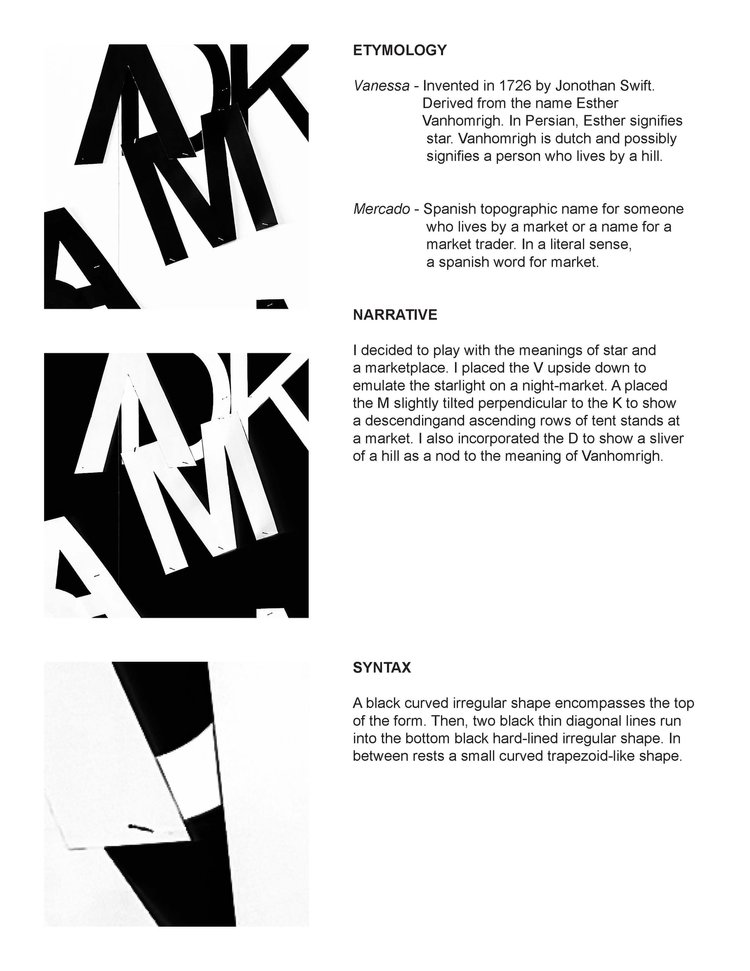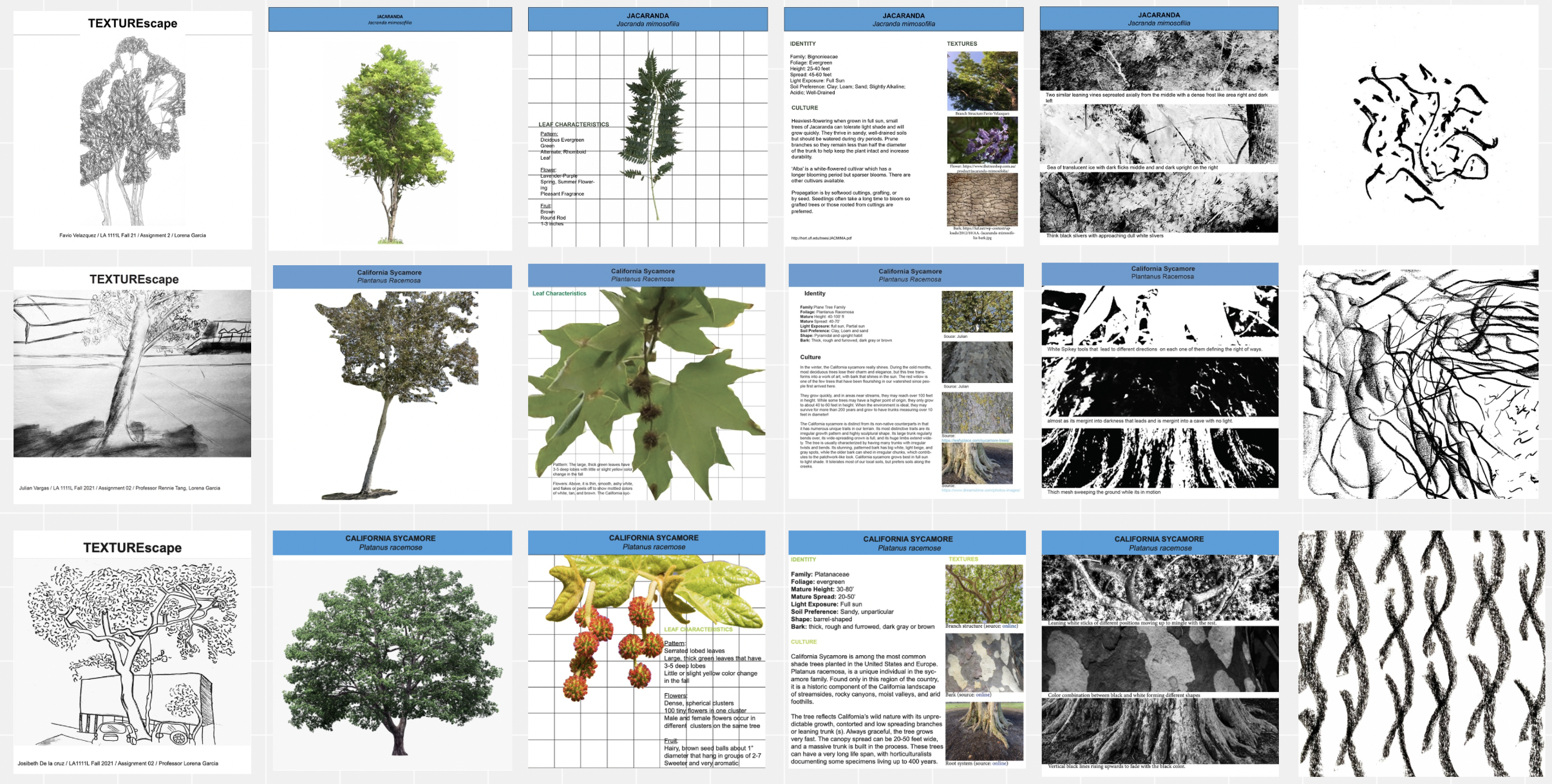Figure and Ground
Fall 2019, Fall 2020, Fall 2021
1st year studio, coordinated by Rennie Tang and Nina Briggs
Landscape Architecture Department
College of Enviromental Design
Cal Poly Pomona, CA
https://env.cpp.edu/la/la


Fundamental concepts in design and their connection to the discipline of Landscape Architecture.
Emphasis on creative investigation of space and form in relationship to the human scale.
Investigations entail hands-on projects that engage students with the foundational disccourse
of Landscape Architecture.
Projects:
TextScape
To understand figure-ground as a fundamental compositional tool in landscape design, students apply the concepts
of syntax and narrative in a figure-ground composition and learn some basic graphic tools in Photoshop and
InDesign. At a basic spatial design level, learning how to manipulate figure-ground relationships enables
us to guide visual perception which in turn affects people’s experience of a place. This is a fundamental skill
for a landscape designer who strives to enhance human experiences through the shaping of space.
Students research the etymology of theirfirst and last names, write a narrative, and craft photographic figure-ground
compositions of their initials - a syntax of representation and meaning.


TreeScape
Students get to know their assigned campus tree - its species, base of the trunk, roots (if visible), trunk, branches,
leaves and canopy - to understand the TEXTURAL qualities of the tree. By exploring the textures, using all senses:
touching, hearing, smelling, tasting, moving - students experience the tree from all directions and viewpoints
while photographing and sketching it and thsurrounding context. Listening to the tree, students create the tree’s
sonic profile and translate to texture drawing with charcoal- figure-ground compositions - considering
balance and proportion. The tree’s identity is further explored (family, foliage type mature height,
mature spread, light exposure, soil preference, shape and bark), as well as its culture (geographic origins,
cultural associations, culinary or medicinal uses, cultural or indigenous traditions and any notable characteristics)
- culminating in a graphic booklet.
